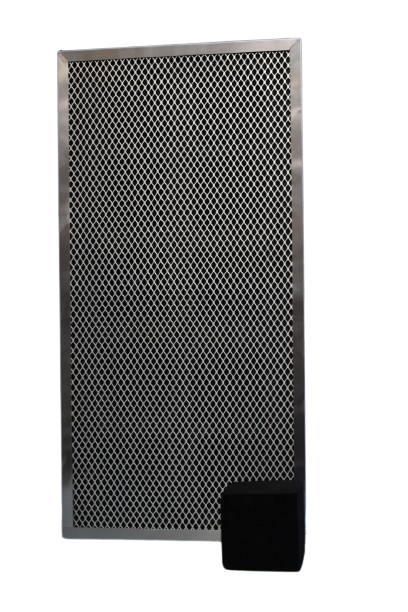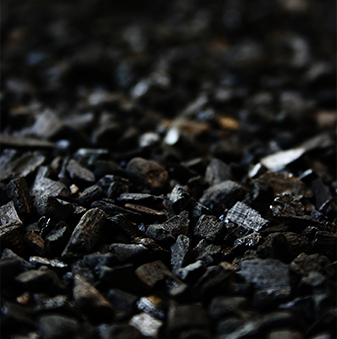Chemical/Molecular Filters
Spectrum Filtration Molecular air filters are equipped with activated carbon with impregnated chemicals that are capable of capturing specific gases and odors. These filters are designed to remove volatile organic compounds (VOCs), such as benzene, toluene, and formaldehyde, as well as other harmful gases, including sulfur dioxide and nitrogen oxides. They are also effective at removing unpleasant odors caused by tobacco smoke, cooking, and chemical emissions.
Spectrum Filtration's molecular air filters are available in a variety of sizes and shapes, making them suitable for use in a wide range of applications. They are designed to be highly effective, with a high surface area and pore volume that enables them to capture a large number of gaseous molecules. The filters are also designed to be long-lasting, with a high capacity for gas adsorption that allows them to continue capturing gases and odours for an extended period. All spectrum molecular filters are rated as per ISO 10121
.jpg)
.jpg)
Filters
.jpg)
V-Carb 250
.jpg)
Spectra Carb
.jpg)
V-Carb 500

Spectra Matrix
honeycomb-shaped block, consisting of multiple cells. Each cell within the block offers
an extensive surface area, resulting in a substantial contact surface per unit volume.
Notably, the entire Grid Block comprises 100% adsorbent material. Spectra
MATRIX-ODOUR is employed to achieve exceptional removal of TVOC (Total Volatile
Organic Compounds) and common odors.
Media beds

Impregnated Media
Impregnated granules are produced by adding chemical compounds to activated carbon during the manufacturing process. The added compounds react with the activated carbon, creating a new material with enhanced adsorption properties for specific gases or vapors. The type of impregnating agent used depends on the target pollutant, and different agents can be used to enhance the performance of activated carbon for specific applications.

Activated Carbon
The use of activated carbon in gas filtration involves passing the gas stream through a bed of activated carbon, where the pollutants are adsorbed onto the surface of the carbon. Activated carbon is highly porous, and its surface area can be as high as 1500 square meters per gram, which makes it an excellent adsorbent material.



